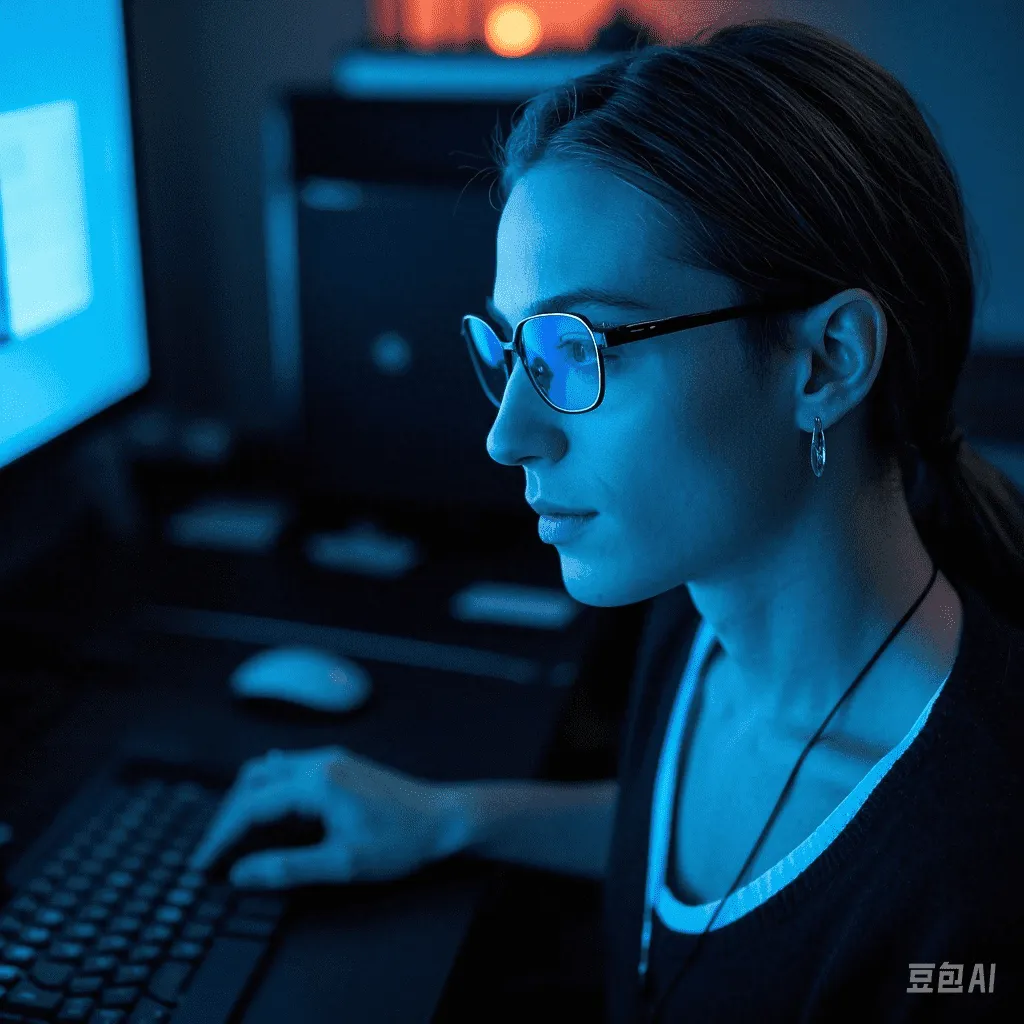Do Blue-Light-Blocking Lenses Really Work? An Eye-Care Test Report for Office Workers | A Scientific Guide to Eye Protectio

I. The “Eye”-ssues Faced by Office Workers
After staying up late for overtime work, many office workers experience eye soreness, dizziness, and persistent screen afterimages. With prolonged eye use, the eyes have become the most “overworked” organ in the body: staring at computers from 9 am to 9 pm, scrolling through mobile phones during lunch breaks, and binge-watching shows after work, all under constant exposure to blue light. What’s worse, blue light suppresses the secretion of melatonin, making it difficult to fall asleep.
Colleague Xiao Li feels less fatigued when looking at the screen after wearing blue-light-blocking glasses. However, Design Director Lao Wang complains that the lenses are yellowish and affect his color judgment. Are blue-light-blocking lenses a technological marvel or a scam? Let’s uncover the truth through scientific research and a 7-day real-person test.
II. The Truth about the Pros and Cons of Blue Light
Blue light, also known as high-energy visible light, has a wavelength of 400 – 500nm and comes from electronic screens, lighting devices, and natural sunlight. Not all blue light is harmful. Beneficial blue light with a wavelength of 460 – 500nm can regulate the body’s biological clock, while harmful blue light with a wavelength of 415 – 455nm may cause eye fatigue and sleep disorders.
Research shows that long-term exposure to short-wave blue light increases the risk of retinal damage, and blue light at night suppresses melatonin secretion, affecting sleep.
III. The Technology and Effectiveness of Blue-Light-Blocking Lenses
There are two main types of blue-light-blocking lenses: coating reflection type and substrate absorption type. The former is transparent or slightly yellowish and can filter 20% – 30% of blue light. The latter has a distinct yellow coating and can filter 40% – 50% of blue light.
These lenses can reduce eye fatigue and improve sleep, but they cannot prevent myopia. However, some low – priced lenses on the market may just be dyed and have no filtering effect. An overly thick yellow coating can also affect color judgment. When purchasing, look for international certifications such as TUV and ISO.
IV. Results of the 7-Day Real-Person Test
We invited a 28-year-old programmer who uses the screen for over 10 hours a day to conduct a 7-day test. The results show that after using blue-light-blocking lenses, the eye fatigue score dropped from 7.5 to 5.0, the blink rate increased from 8 times per minute to 12 times per minute, and the time taken to fall asleep shortened from 45 minutes to 30 minutes.
The tester reported a slight color bias in the first three days, but the eye soreness was alleviated. By the fifth day, it was more comfortable to look at the screen at night, and they fell asleep faster. By the seventh day, symptoms of dry eyes were relieved. Evidently, blue-light-blocking lenses can effectively relieve eye fatigue.
V. Suitable Groups and Eye-Care Tips
Office workers who use screens for more than 6 hours a day, those who scroll through mobile phones or work overtime at night, and individuals sensitive to visual fatigue are suitable for wearing blue-light-blocking lenses. However, designers and photographers should choose carefully due to color difference issues. Children are not recommended to wear them unless advised by a doctor.
In addition, following the “20-20-20 rule,” enabling the screen’s eye – protection mode, and adjusting the brightness of the ambient light can also protect the eyes.
VI. Make Rational Choices to Protect Your Vision
Blue-light-blocking lenses are useful for those with high-intensity eye use, but they are not a panacea. When purchasing, look for certified products to avoid inferior ones. Combine this with other eye – care habits.



